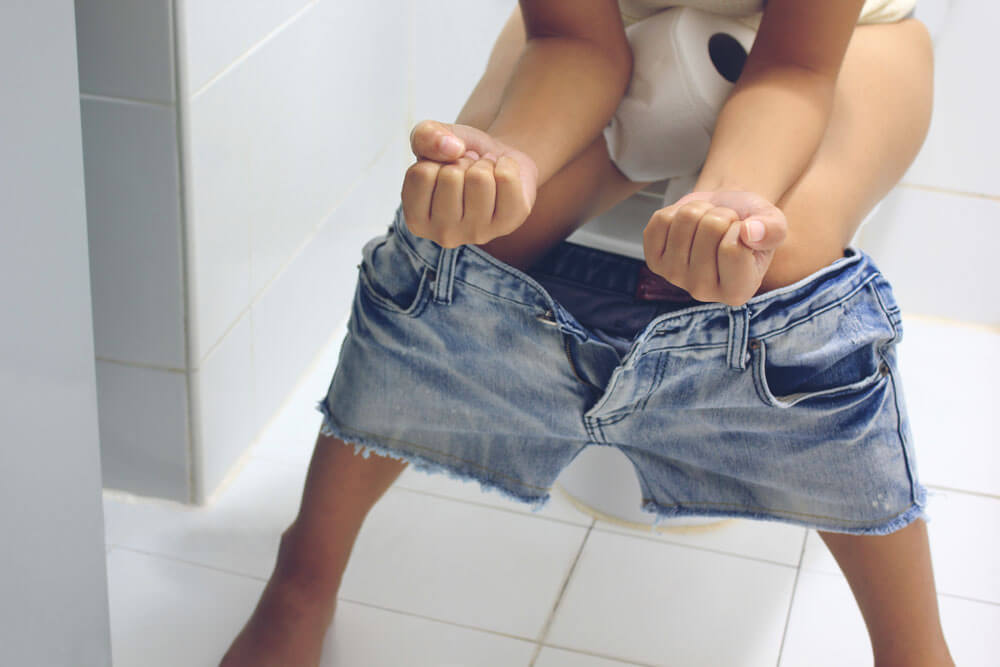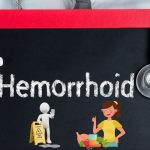Hemorrhoidal disease can be very annoying. If we then run into complications, such as Thrombosed external hemorrhoids, our daily life can be compromised. Let’s see what Thrombosed external hemorrhoids are and how to manage this unpleasant condition.
Thrombosed external hemorrhoids: classification according to the clinical picture
Hemorrhoids are highly vascularized cushions naturally present in the anal canal. Hemorrhoids often become inflamed, becoming symptomatic and giving rise to a series of annoying ailments. In medicine, hemorrhoids are classified into four degrees or stages depending on the severity of the clinical picture:
- 1st degree. There is an increase in the volume of one or more haemorrhoidal pads with discomfort, itching and possible bleeding during the expulsion of feces.
- 2nd degree. The initial haemorrhoidal prolapse occurs (leakage of the haemorrhoids from the anal canal), only at the moment of evacuation, with subsequent spontaneous reduction. Discomfort, itching and bleeding may appear.
- 3rd degree. Hemorrhoidal prolapse requires manual reduction. Symptoms include discomfort, itching, bleeding, pain and mild fecal incontinence.
- 4th degree. The prolapse is long-lasting, not manually reducible. Symptoms are pain, intense itching, constant fecal incontinence.
Regardless of the degree, hemorrhoidal disease can sometimes develop into complications, including thrombosed hemorrhoids. Let’s find out immediately what it is.

Thrombosed external hemorrhoids: what are we talking about and how to intervene?
This is an acute occurrence, characterized by sudden and intense pain in the anal, due to the presence of coagulated blood (clot or thrombus) inside the hemorrhoids (both internal and external), which are swollen, tense and bluish / purplish. In fact, we speak of thrombosed external hemorrhoids.
The increased pressure on the pelvis can cause slowing of circulation in the haemorrhoidal blood vessels and cause thrombus formation. What are the causes of hemorrhoidal thrombosis? Risk factors include:
- Constipation or diarrhea
- Effort during evacuation;
- Sedentary lifestyle;
- Physical overload / intensive workouts;
- Previous episodes of hemorrhoidal thrombosis.
There are at least three possible therapeutic approaches to manage hemorrhoidal thrombosis. From the least invasive to the most invasive, these approaches are:
CONSERVATIVE TREATMENT
It is the first treatment option and involves remedies and behavioral measures, such as:
- Take lukewarm water baths several times a day to relieve itching and burning.
- Indulge the urge to evacuate, so as not to cause fecal stagnation and painful evacuation.
- Avoid sitting for a long time so as not to slow down the circulation in the haemorrhoidal vessels.
- Follow a diet rich in fiber, to facilitate the expulsion of soft stools.
HEMORROIDARY THROMBECTOMY
It is put into practice when conservative treatment has proved ineffective. This is a minimally invasive surgery, which involves a small incision at the thrombus level and allows you to remove a blood clot inside a hemorrhoidal vessel.
HEMORROIDECTOMY
It is the therapeutic approach to be practiced when conservative treatment and hemorrhoidal thrombectomy have proved ineffective. This is a surgery that involves the removal of hemorrhoids.

What remedies can combat pathological hemorrhoids?
After having seen how to treat thrombosed hemorrhoids, we can follow some useful general measures to alleviate the symptoms of hemorrhoidal disease and prevent its reappearance. Let’s see which ones:
- Balanced nutrition. We avoid “junk food” which can have an irritating action and contribute to worsening congestion and inflammation of external hemorrhoids. Instead, we prefer seasonal fruit and vegetables.
- Frequent hydration. No to fizzy drinks and alcoholic beverages. We guarantee our body a water supply of about 1.5 / 2 liters per day. The aim will be to facilitate natural intestinal transit, softening the stool and facilitating its expulsion.
- Regular lifestyle. We avoid a sedentary lifestyle and nicotine abuse. Sitting too long can slow blood circulation and cause venous stagnation, aggravating swelling. Furthermore, smoking can lead to cardiovascular problems, worsening the haemorrhoidal disorder.
- Scrupulous intimate hygiene. We will have to carry out daily intimate hygiene with care. We use a delicate and emollient cleanser, diluted in warm water. Let’s dry by dabbing with a natural fiber cloth.Regular physical activity. Practicing moderate and regular exercise will promote blood circulation and help regulate our intestines, two important aspects for reducing and preventing external hemorrhoids. Activities such as yoga, swimming, and gentle gymnastics are preferred over bodybuilding, cycling, and sports that place excessive strain on the pelvic floor.
These indications do not replace the doctor-patient relationship. For more information, please visit your doctor who can more professionally advise.






